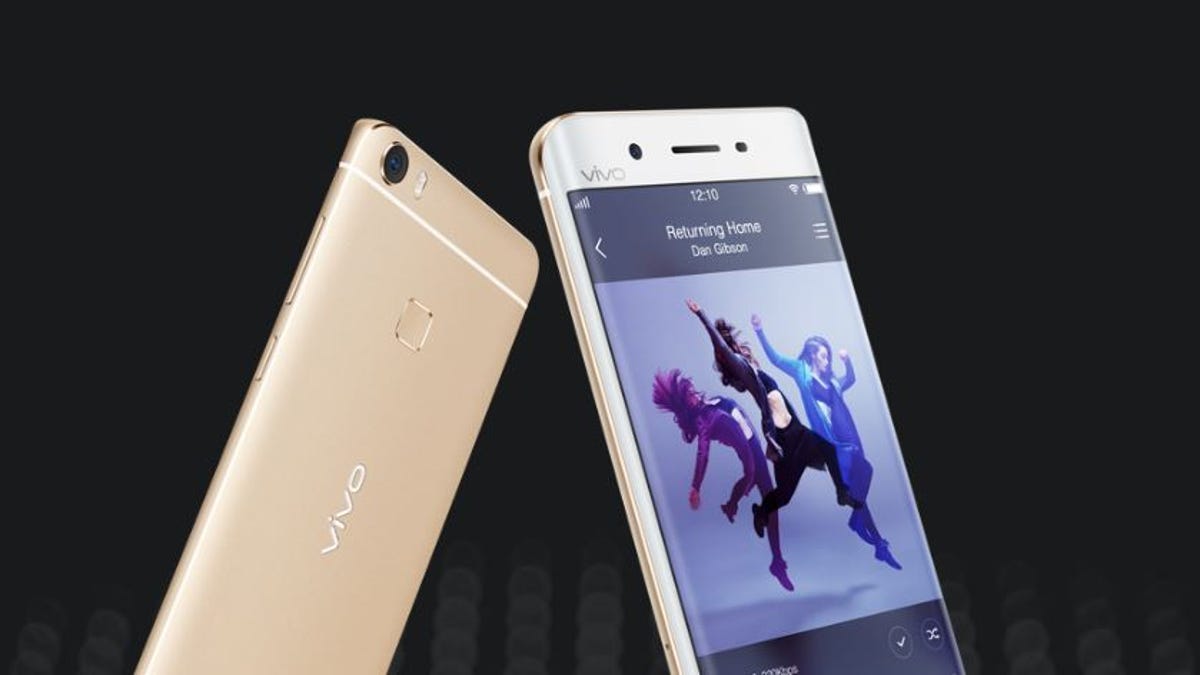Meet Vivo, the world's fifth largest smartphone maker
The Dongguan, China-based smartphone maker is now the fifth largest in the world, climbing the rankings on the back of increased international growth and a changing Chinese smartphone market.

If you're the kind of person who pays attention to devices in movies, you might have noticed that the phones and tablets in Marvel's "Captain America: Civil War" all belonged to a brand called Vivo.
Vivo is not some fictitious brand created by the Marvel writers. It's actually some canny product placement by a Chinese smartphone maker that has been around since 2009. In fact, it just overtook fellow countryman Xiaomi as the world's fifth largest smartphone vendor, according to IDC Research's latest report.
While still relatively unknown outside China, Vivo has become a mainstay of the Chinese smartphone landscape since it first opened its doors seven years ago. While Xiaomi and Huawei made their names by initially offering budget and midrange devices, Vivo has always focused on the high end market.
Vivo phones pack some serious tech, too. The Xplay 5 Elite, one of the company's latest smartphones (sadly only available in China), is a curved-screened monster, housing 6GB of RAM, a QHD 2,560x1,440-pixel resolution 5.4-inch screen and the same Snapdragon 820 processor that powers the Samsung Galaxy S7.
The company's first flagship smartphone, 2012's X1, was Vivo's first attempt to entice users away from Apple's iPhones and Samsung's Galaxy devices. Priced at a princely $400 (around AU$550, £275, converted) when Xiaomi and Huawei were targeting the sub-$300 market, the X1 was the world's thinnest phone at the time of its release, coming in at only 6.65 mm (0.25 inches) thick -- thinner than an iPhone 6S.
But despite the good Vivo did in making these devices, it made the mistake of focusing exclusively on the saturated premium market in China, not looking to other price segments and other nations. It also stubbornly stuck to more traditional brick and mortar sales channels, losing out on much of the early e-commerce boom.
As a result, it was leapfrogged by Xiaomi and Huawei, who each offered a broader range of devices. Xiaomi was particularly successful at selling its Mi phones online, utilising flash sales to great effect.
Fast forward to 2016 though, and the obscure Chinese smartphone maker is now one of the world's largest.
"Vivo has recently started expanding more aggressively outside of China," says IDC analyst Kiranjeet Kaur, adding that many Chinese brands are doing the same due to China's slowing smartphone market.
The company is mainly targeting India, the world's fastest growing market, where it's the lead sponsor for the popular Indian Premier League cricket tournament. And, learning from past mistakes, Vivo now offers products for as low as the $120 Y21.
But Vivo isn't giving up on China, or its premium smartphones. It's lucky, then, that the wealth of China's middle class is rising. In 2013, the average selling price of a smartphone was $207, but by 2015 that number had jumped to $257, according to IDC.
While Samsung and Apple constantly hold the top two positions, Chinese brands like Huawei, Xiaomi, Lenovo and Oppo, have often filled up the rest of the top 10. Vivo has now staked its claim as another top brand, and one you could be seeing a lot more of in the future.
This article also appears in Spanish. Read: Este es Vivo, el quinto fabricante de teléfonos más grande del mundo

